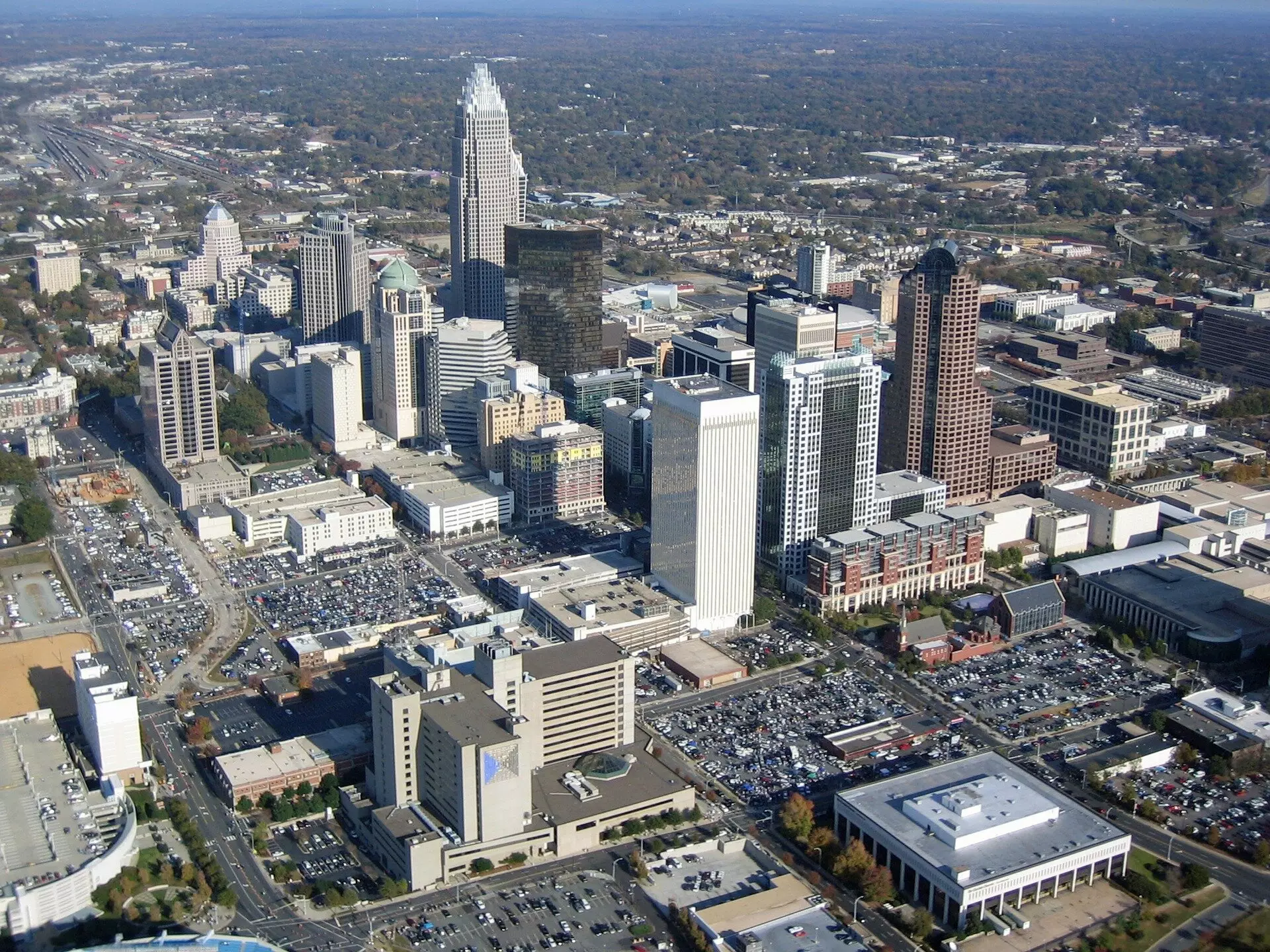As climate change continues to intensify, cities around the world are grappling with rising temperatures, a situation that is exacerbated in the Global South. Recent research highlighted in the journal Nature Communications has provided alarming insights, revealing that these cities possess significantly less “cooling capacity” derived from urban greenery compared to their counterparts in the Global North. This disparity in environmental amenities places urban populations, particularly in low-income areas, at a greater risk of heat-related illnesses and fatalities.
The phenomenon commonly referred to as the “urban heat island” effect amplifies these concerns. Urban areas often experience elevated temperatures compared to rural surroundings due to human activities and the predominance of heat-absorbing surfaces like asphalt and concrete. Consequently, the lack of adequate cooling green spaces in cities within the Global South poses dire public health challenges, as those urban environments bear the brunt of extreme heat without mitigation strategies.
The study conducted by a diverse team hailing from institutions such as Nanjing, Exeter, Aarhus, and North Carolina State provides a comprehensive analysis of the cooling capacities of the world’s largest cities. Utilizing satellite data, researchers assessed the impact of urban green spaces on surface temperatures, revealing that cities in the Global South, on average, possess only 70% of the cooling capacity observed in their Northern counterparts. Such discrepancies highlight the critical need for strategic urban planning that prioritizes green infrastructure to foster resilience against climate change.
In stark contrast to cities in the Global South, those in the U.S. dominate the rankings for the highest cooling capacities, with metropolitan areas like Charlotte and Raleigh-Durham leading the pack. This might be attributed to lower population densities, which while causing sprawl, allows for a more significant presence of green areas. Conversely, cities like Mogadishu and Sana’a exemplify the critical cooling deficiencies affecting the Global South, underscoring an urgent need for policy intervention.
Further compounding these challenges is the social inequity embedded within urban green distribution. Green spaces are frequently located in affluent neighborhoods, leaving low-income residents—who often reside in high-density slums—with little access to these critical cooling resources. The study found that the average cooling benefit for those living in the Global South is approximately 2.2°C, markedly less than the 3.4°C advantage enjoyed by residents in the Global North. Such disparities not only manifest environmental injustices but also expose vulnerable populations to heightened risks during extreme heat events.
The implications of these findings are significant. If left unaddressed, climate policies that do not prioritize enhancing urban greenery could result in vast swathes of the Global South remaining perilously exposed to deadly heat conditions by the turn of the century. A previous study predicted that over 20% of humanity might confront dangerously high temperatures, with the most severe risks concentrated in nations such as India and Nigeria.
Despite the daunting challenges presented by the current state of urban heat in the Global South, experts see hope in the potential for enhancing urban greening efforts. Professor Tim Lenton from the University of Exeter notes that urban greenery represents a potent tool for mitigating the fatal effects of extreme heat and humidity. However, the path toward regreening cities is fraught with challenges, including financial constraints and the need for effective management of these green spaces.
Moreover, the transformation of urban environments through strategic green planning will require a collaborative effort. Local governments, community organizations, and residents must work together to create more equitable access to urban greenery. Investing in tree planting, revitalizing parks, and incorporating more greenery into public spaces is vital for alleviating heat stress and improving overall urban sustainability.
The research underscores a pressing need for urban policymakers to prioritize green infrastructure as an essential component of climate adaptation strategies. Creating an equitable distribution of urban green spaces is not just an environmental issue but a matter of social justice, ensuring that all city dwellers—especially those in the most vulnerable communities—can thrive in a changing climate. As the Global South looks ahead, embracing nature-based solutions will be critical in combating extreme heat and fostering resilient, livable urban environments.


Leave a Reply